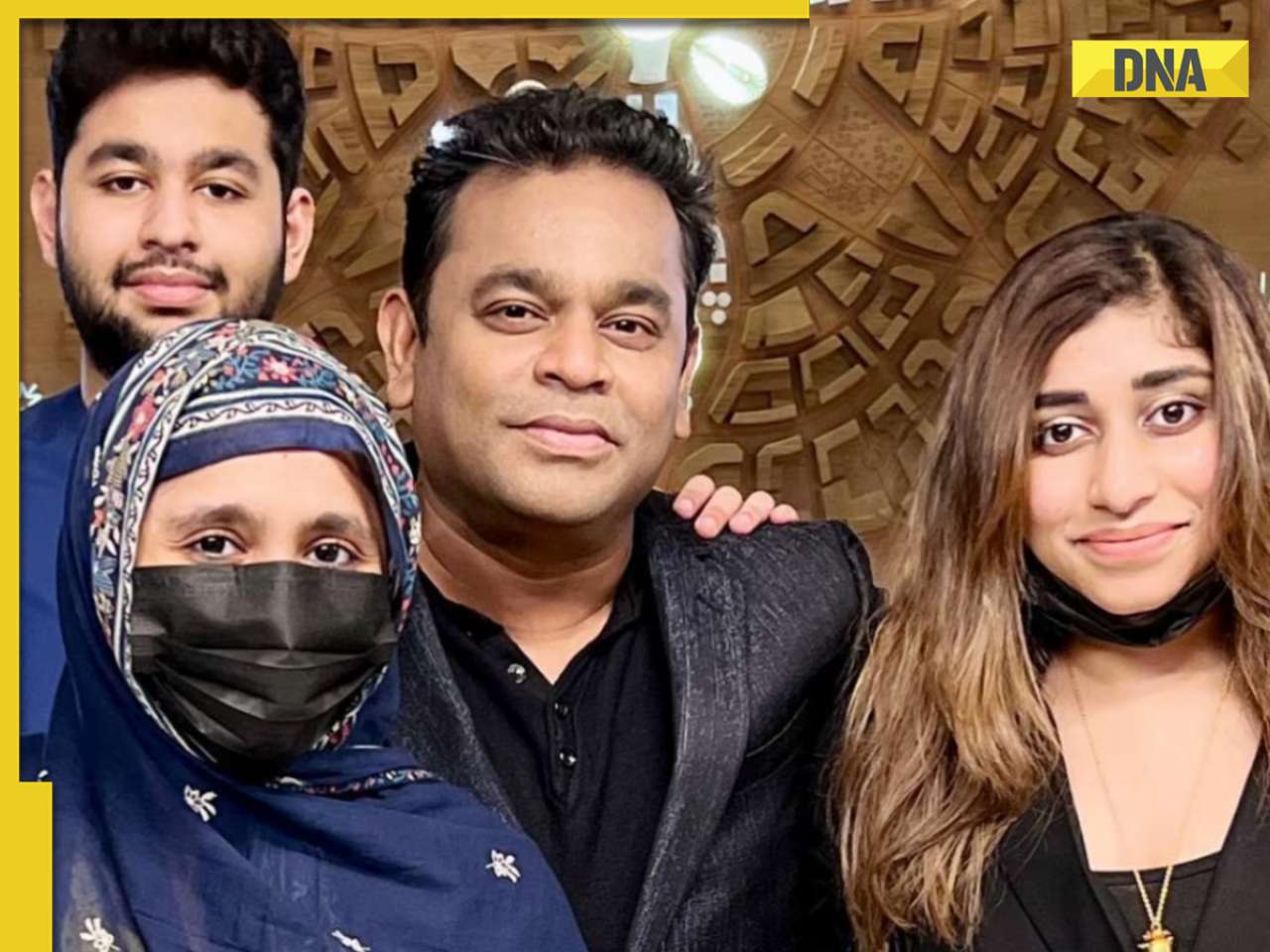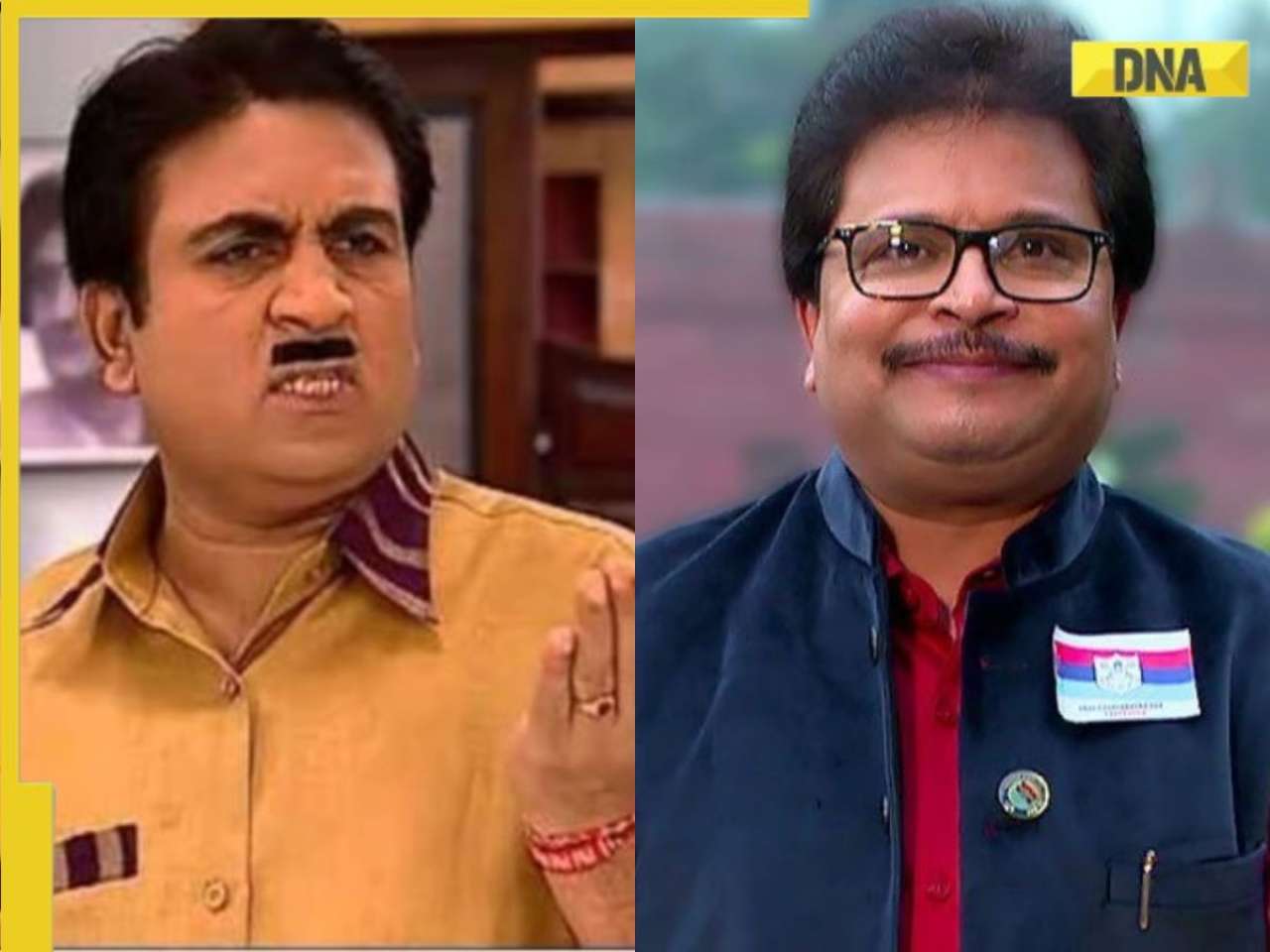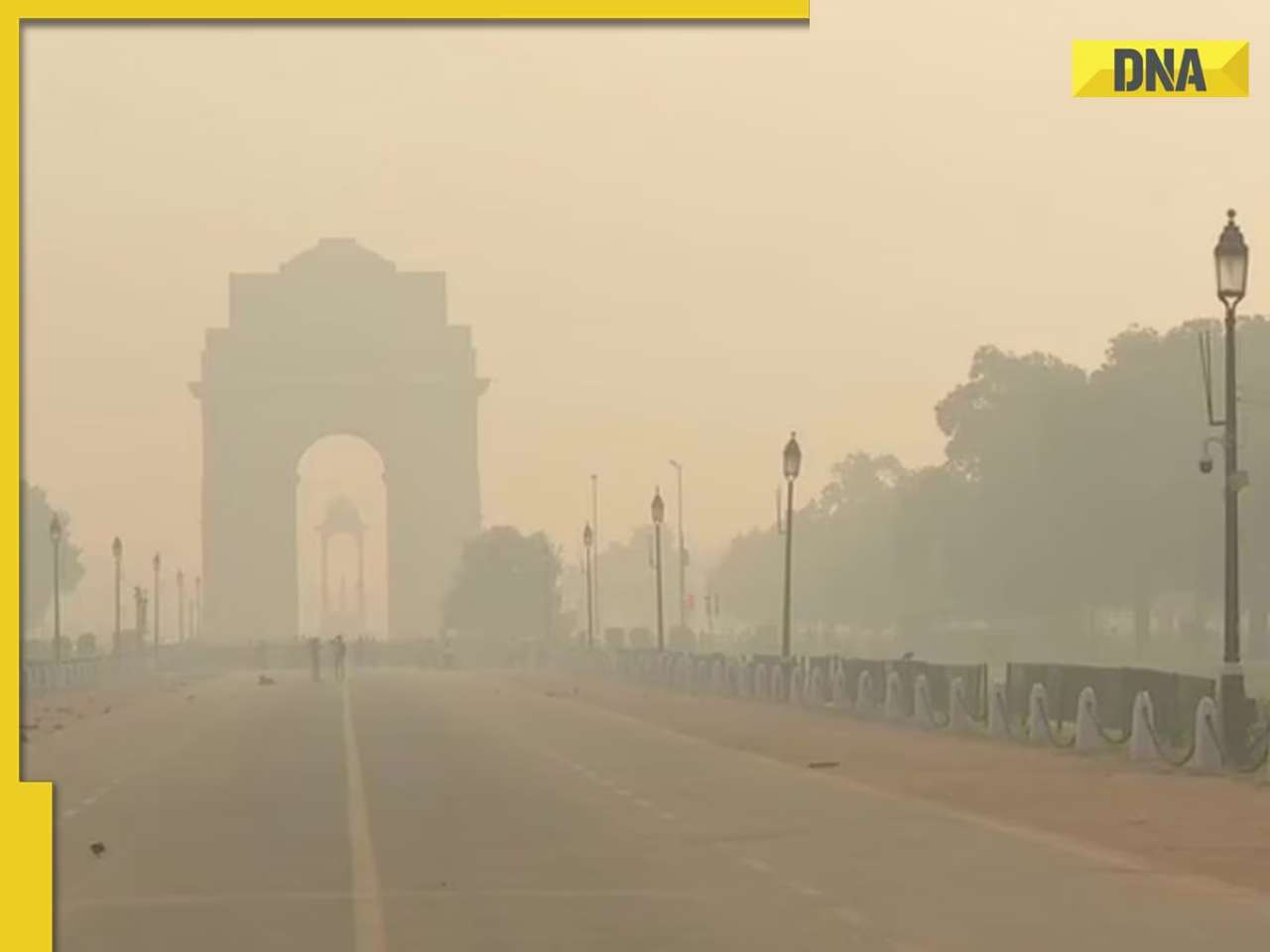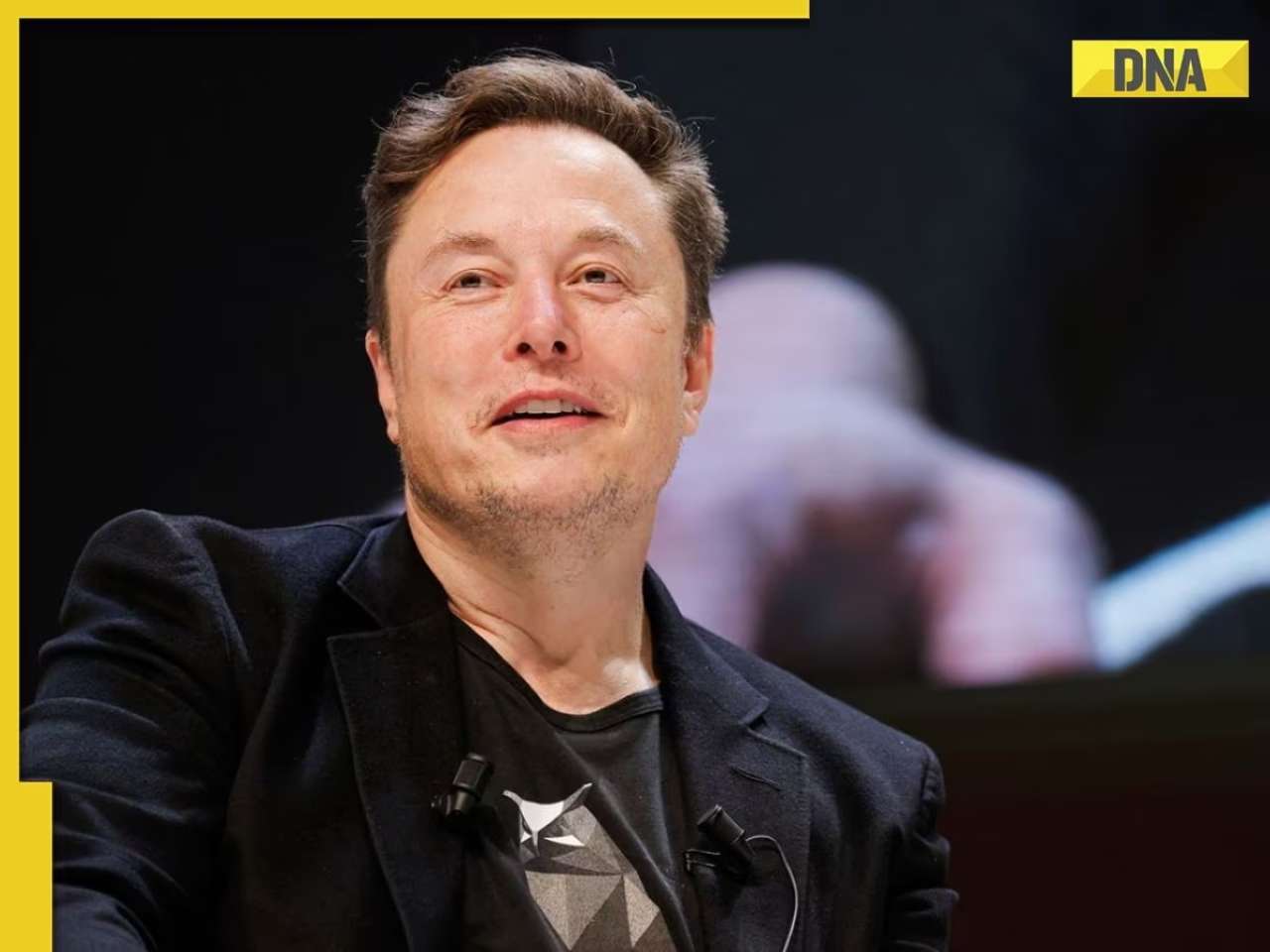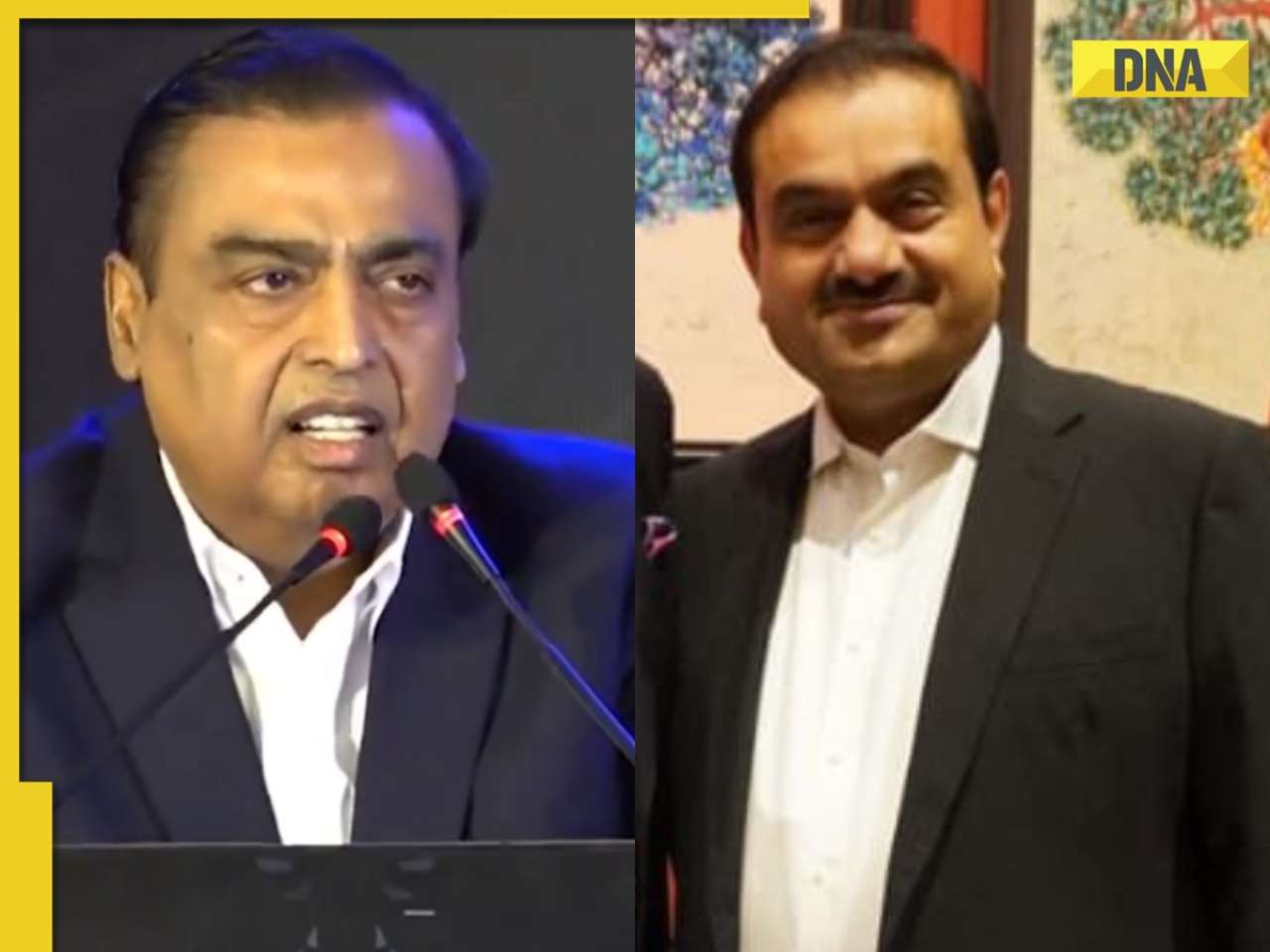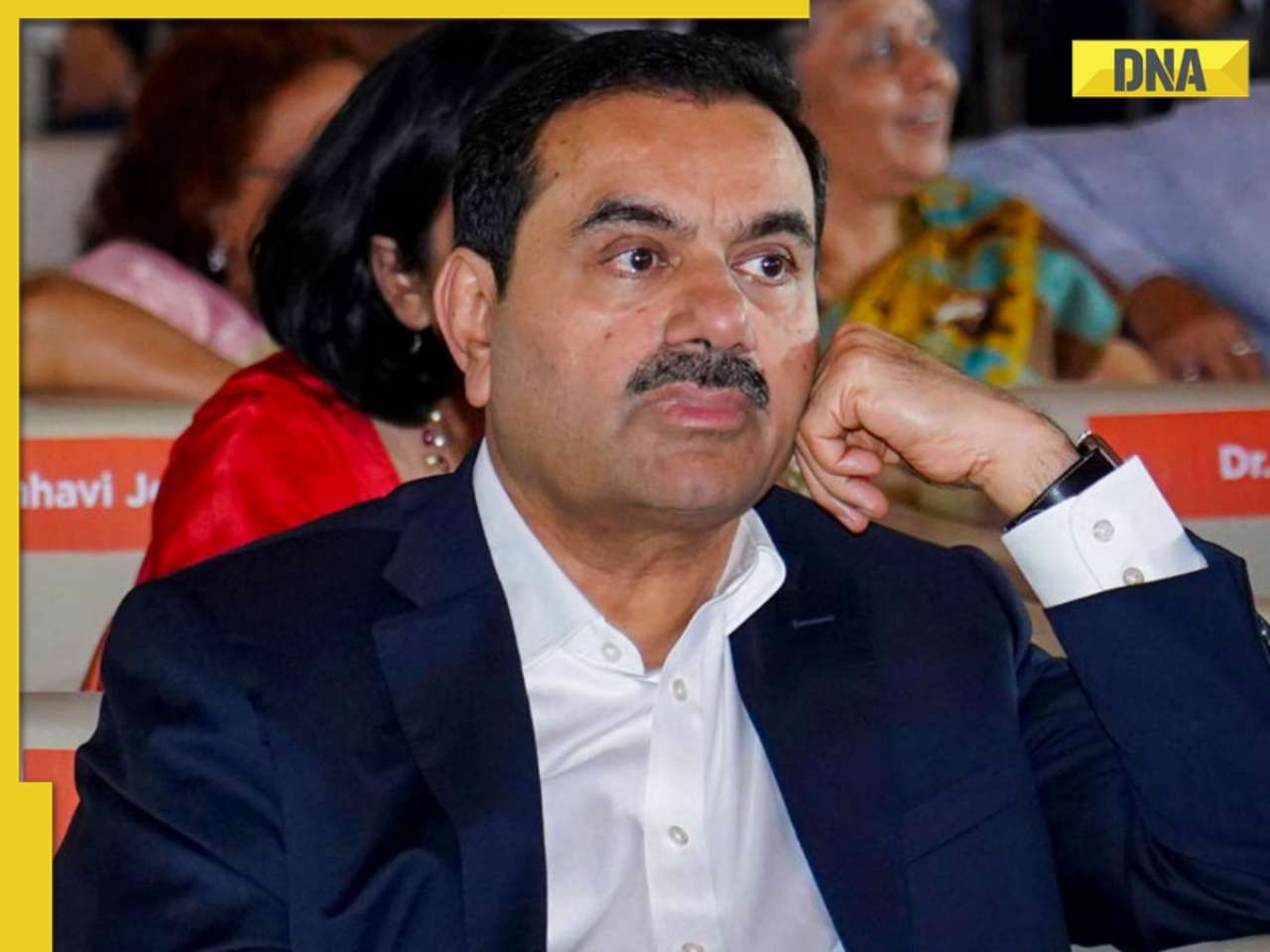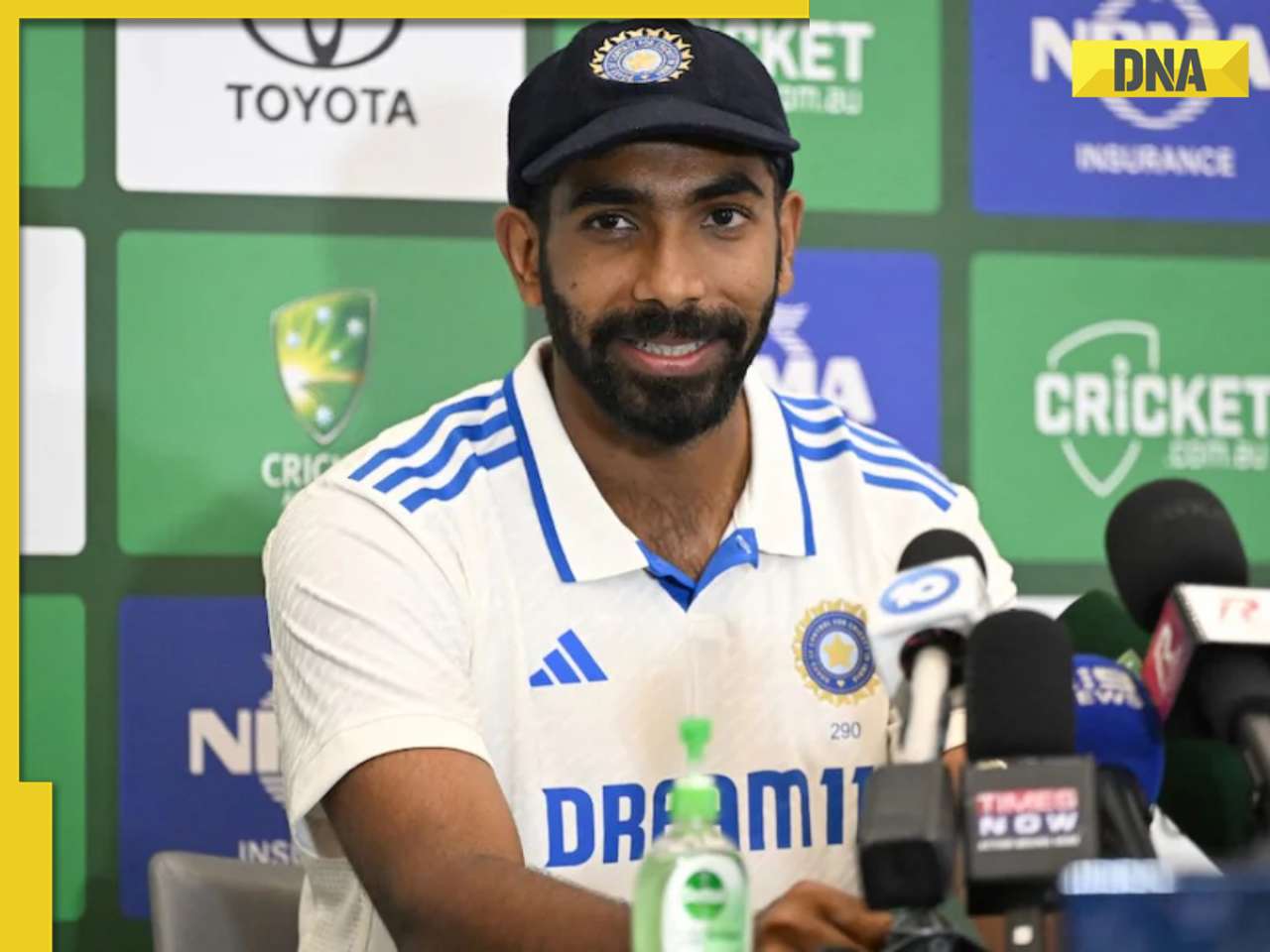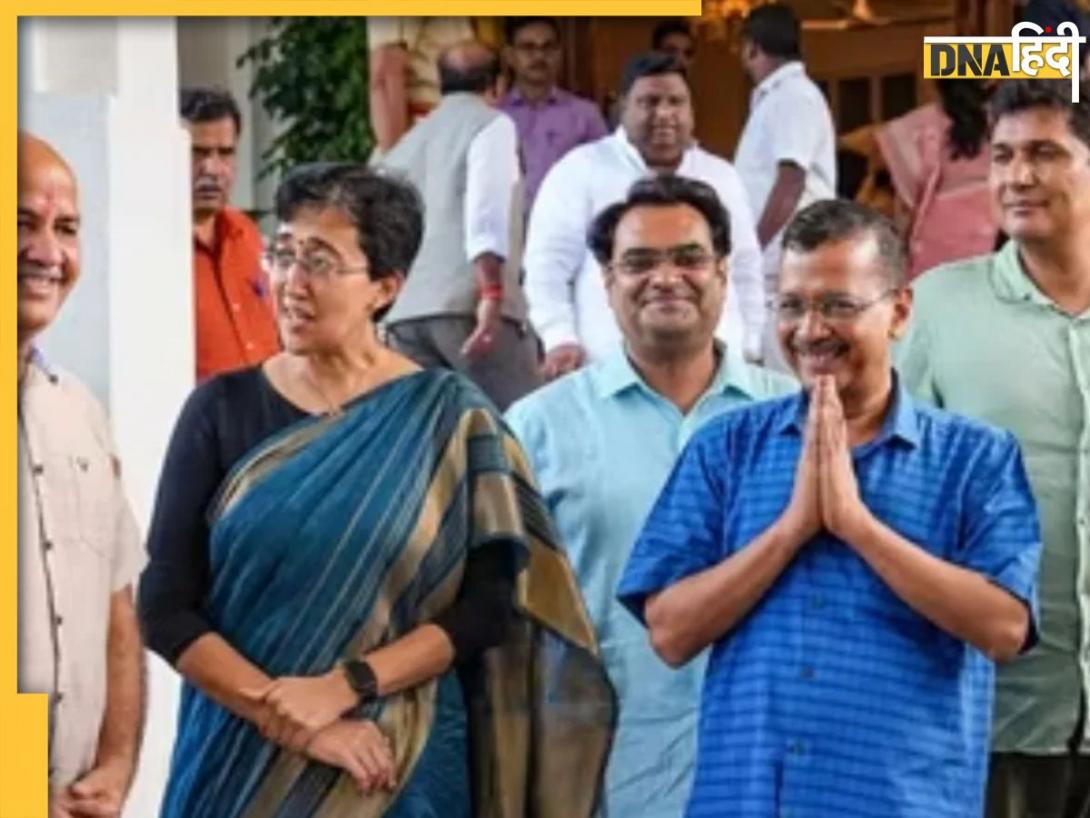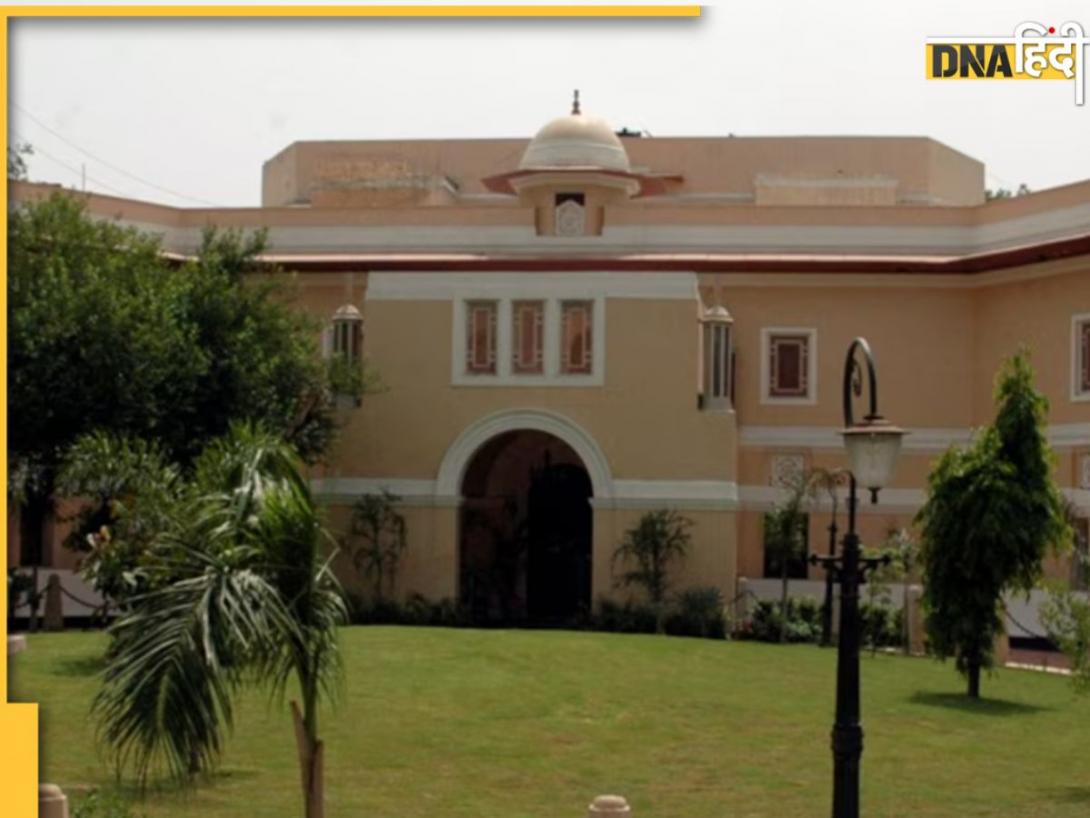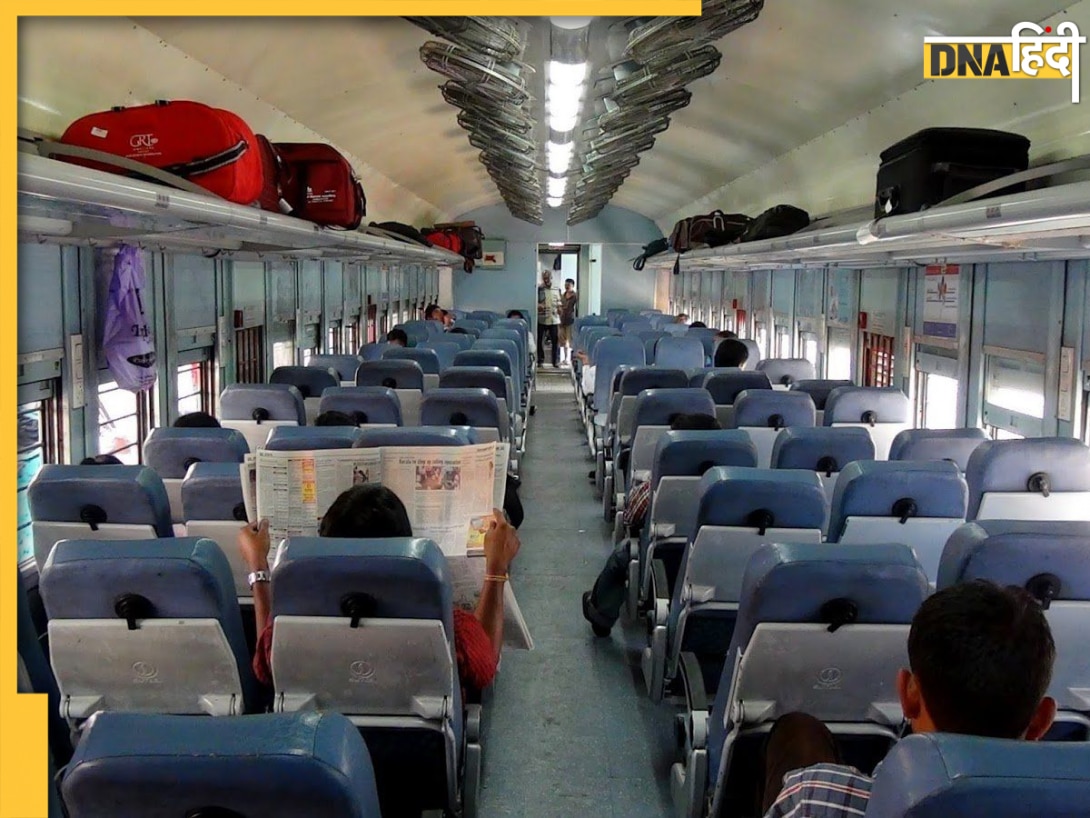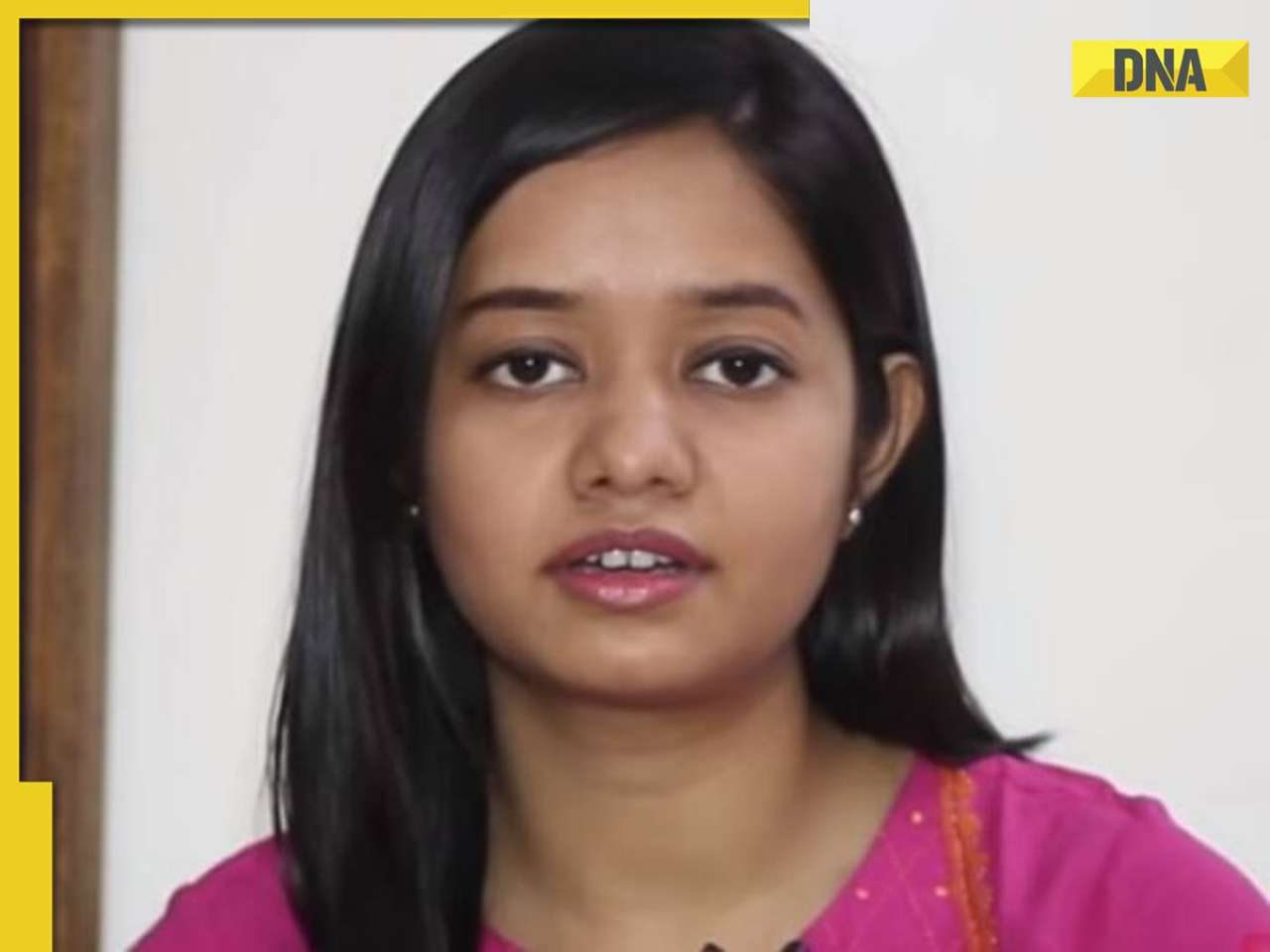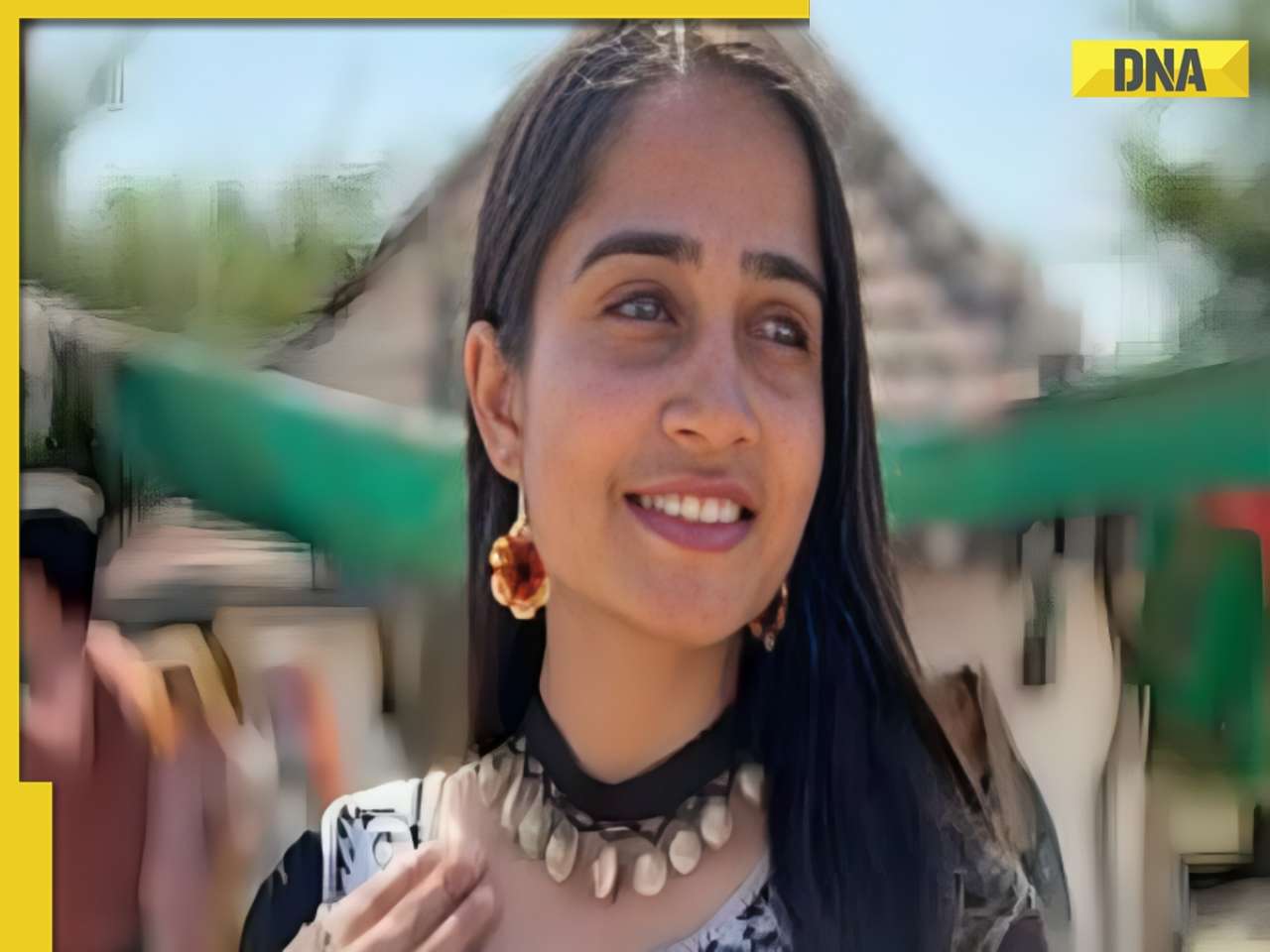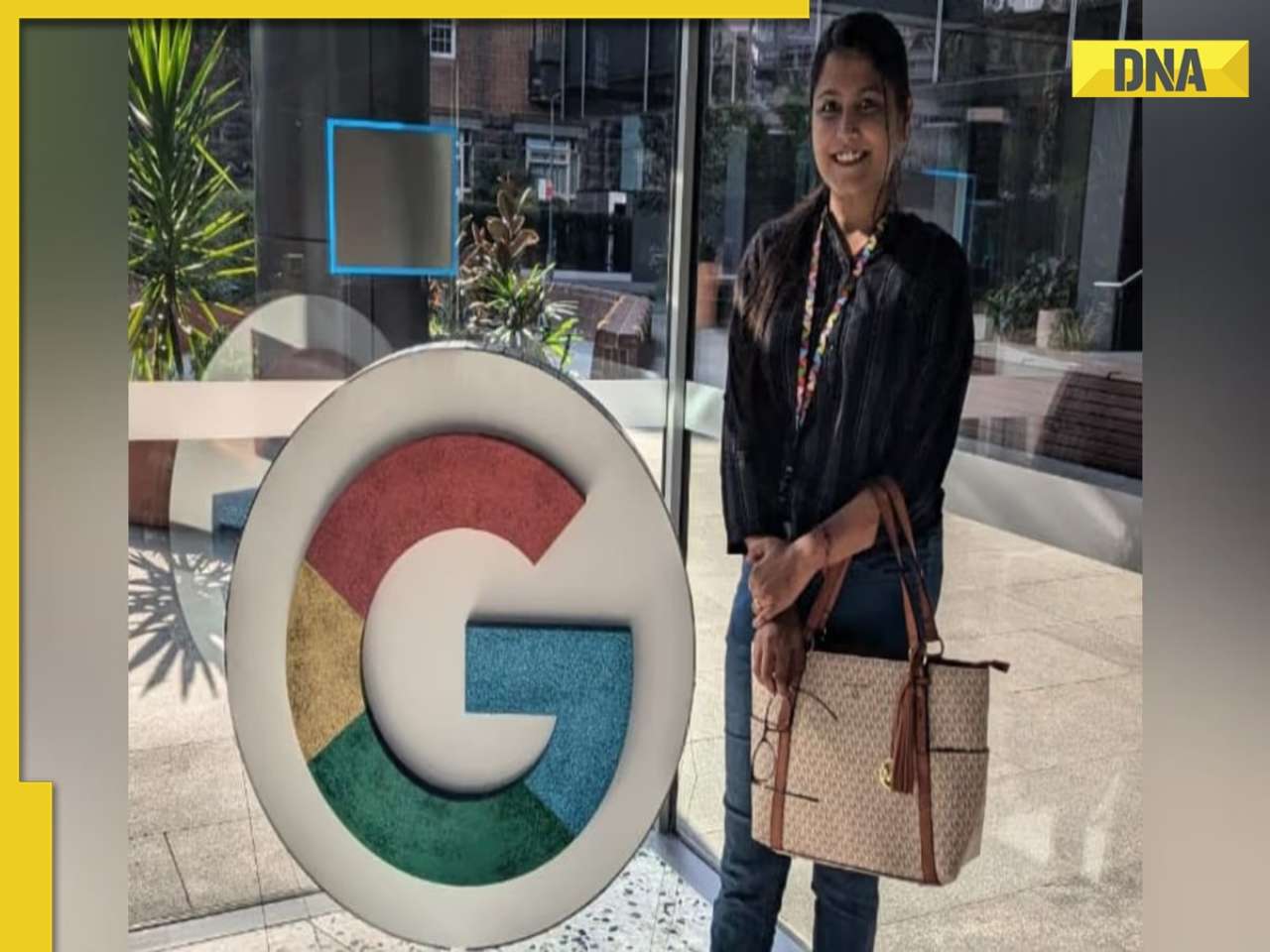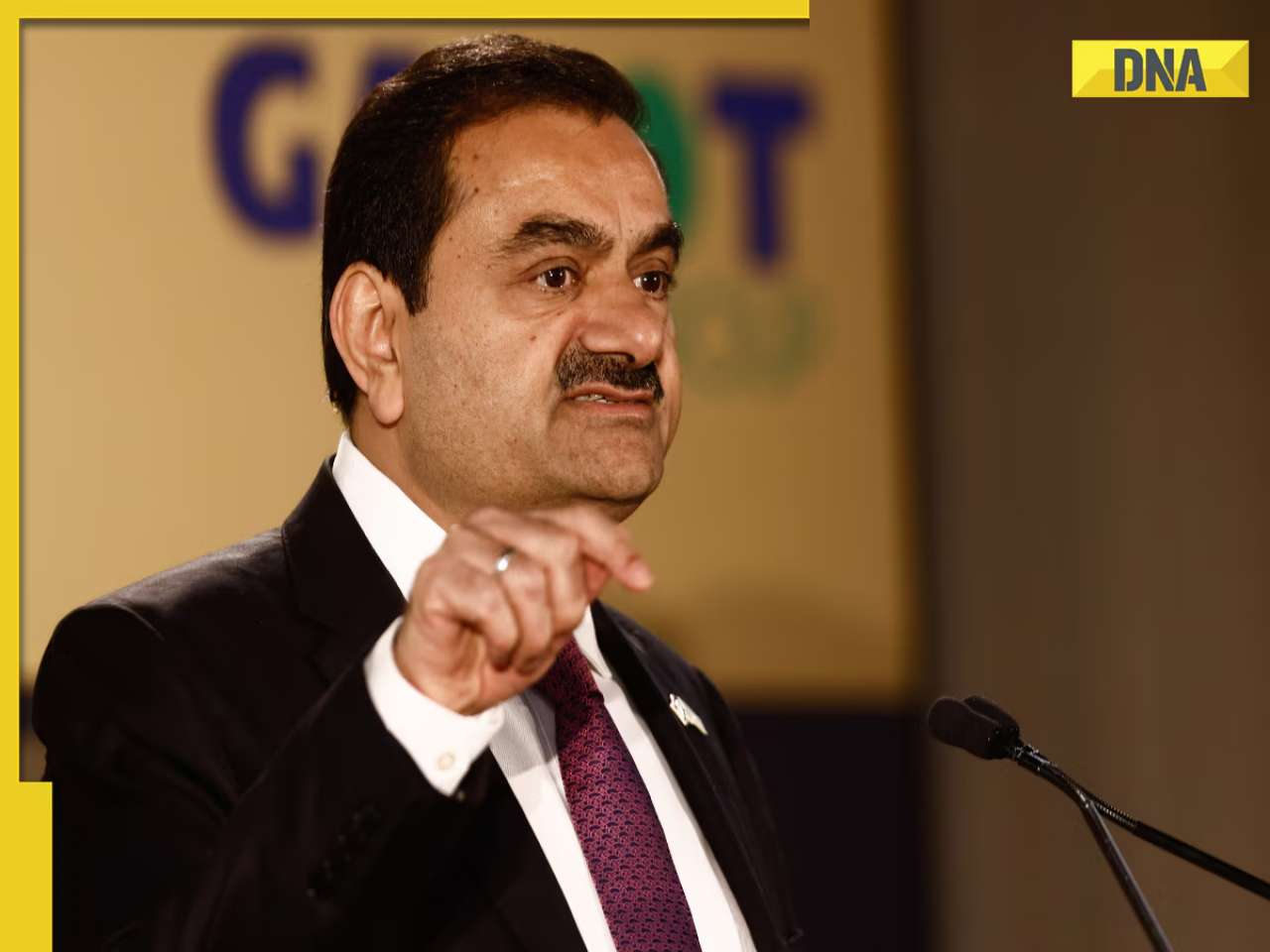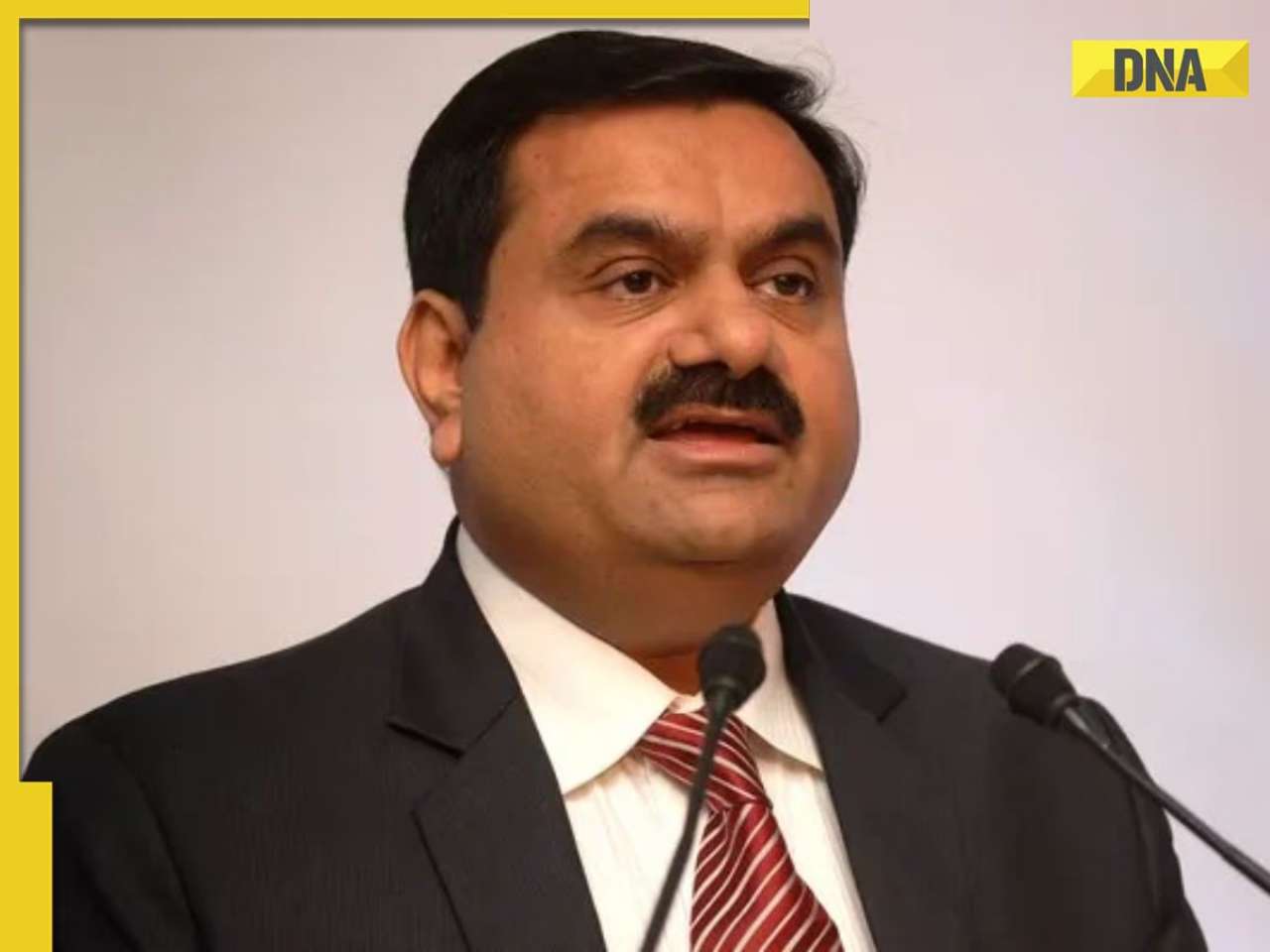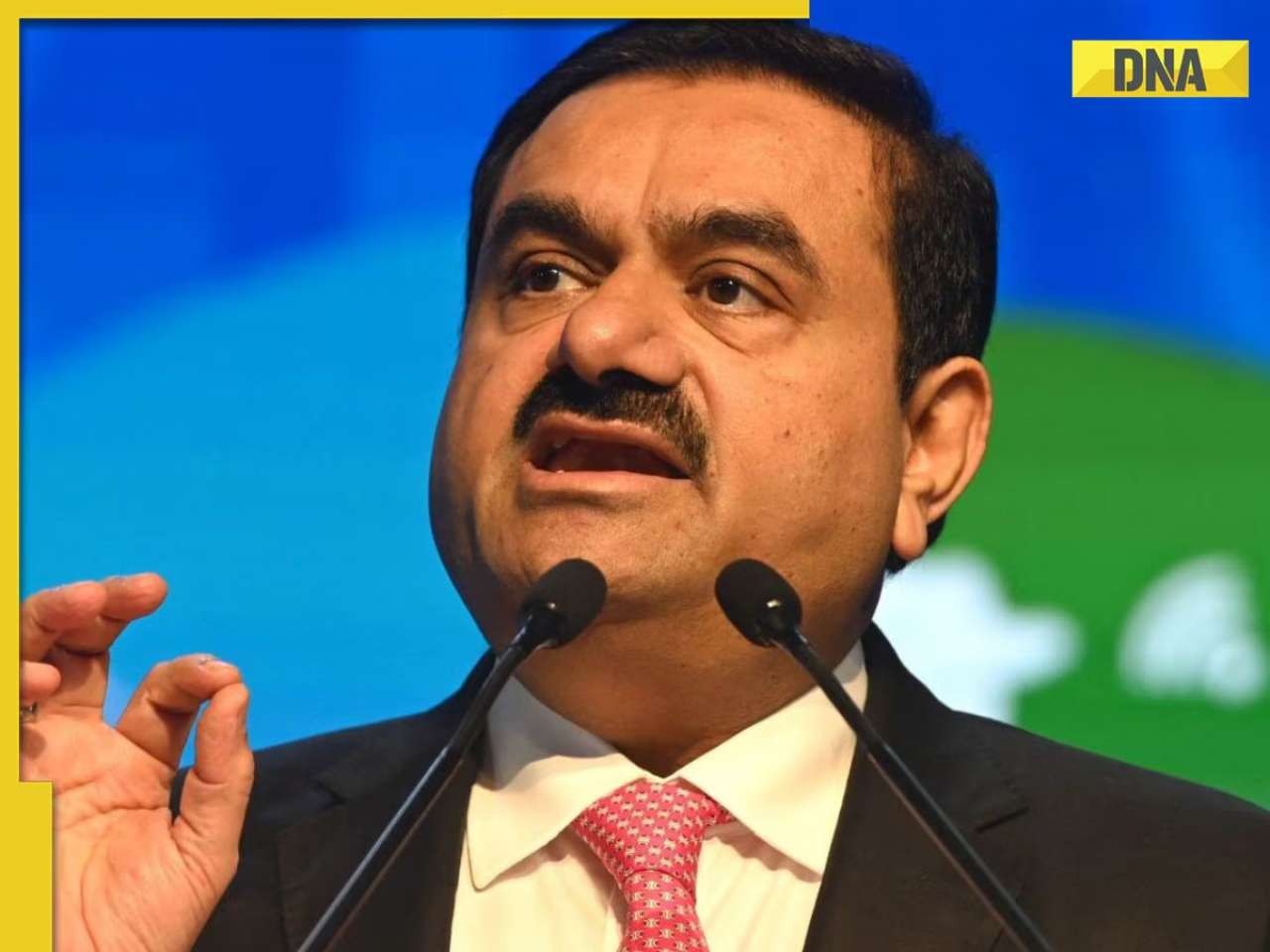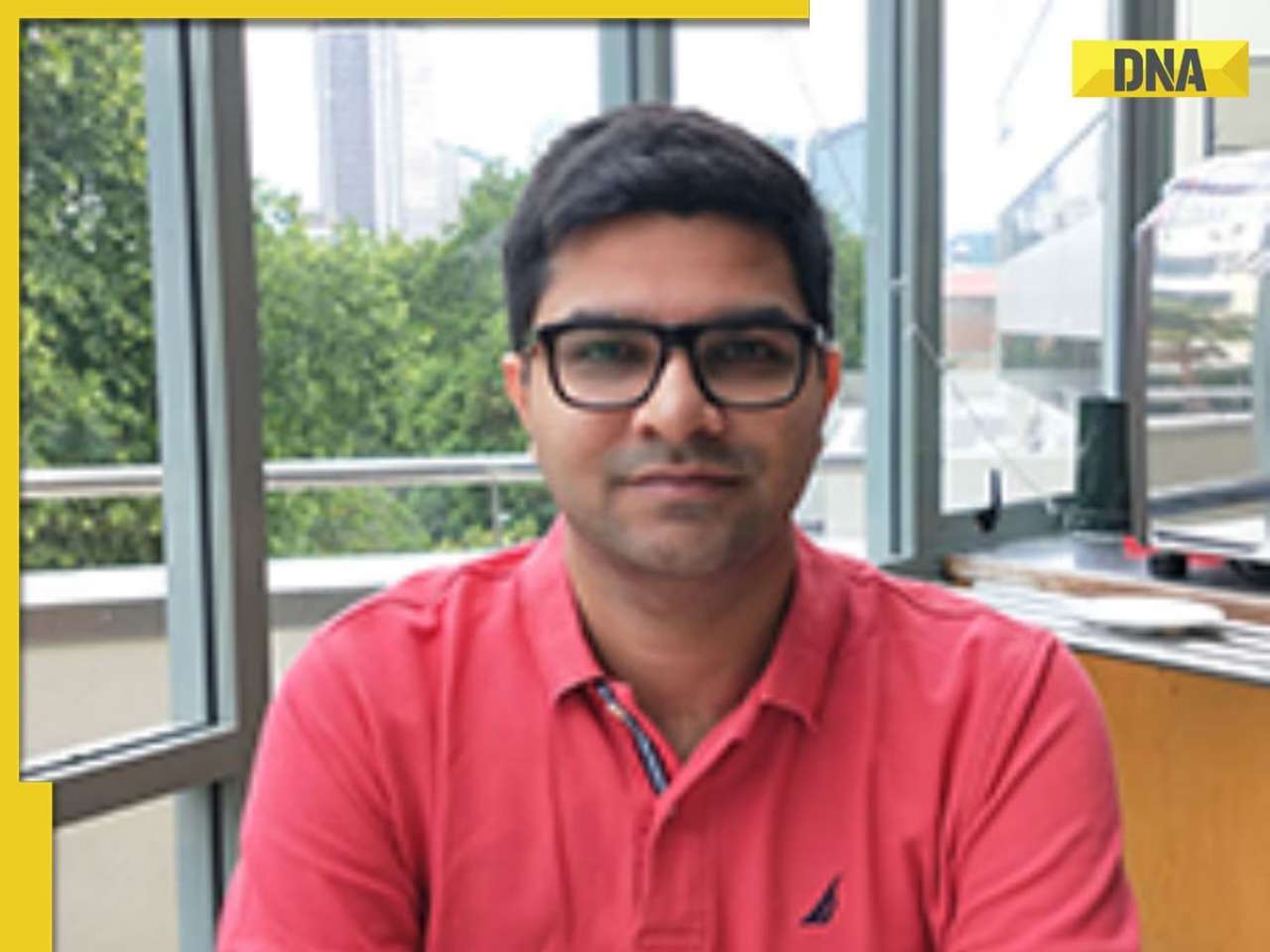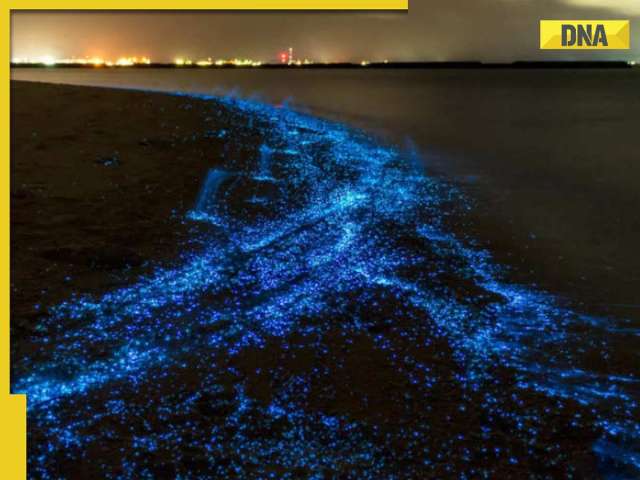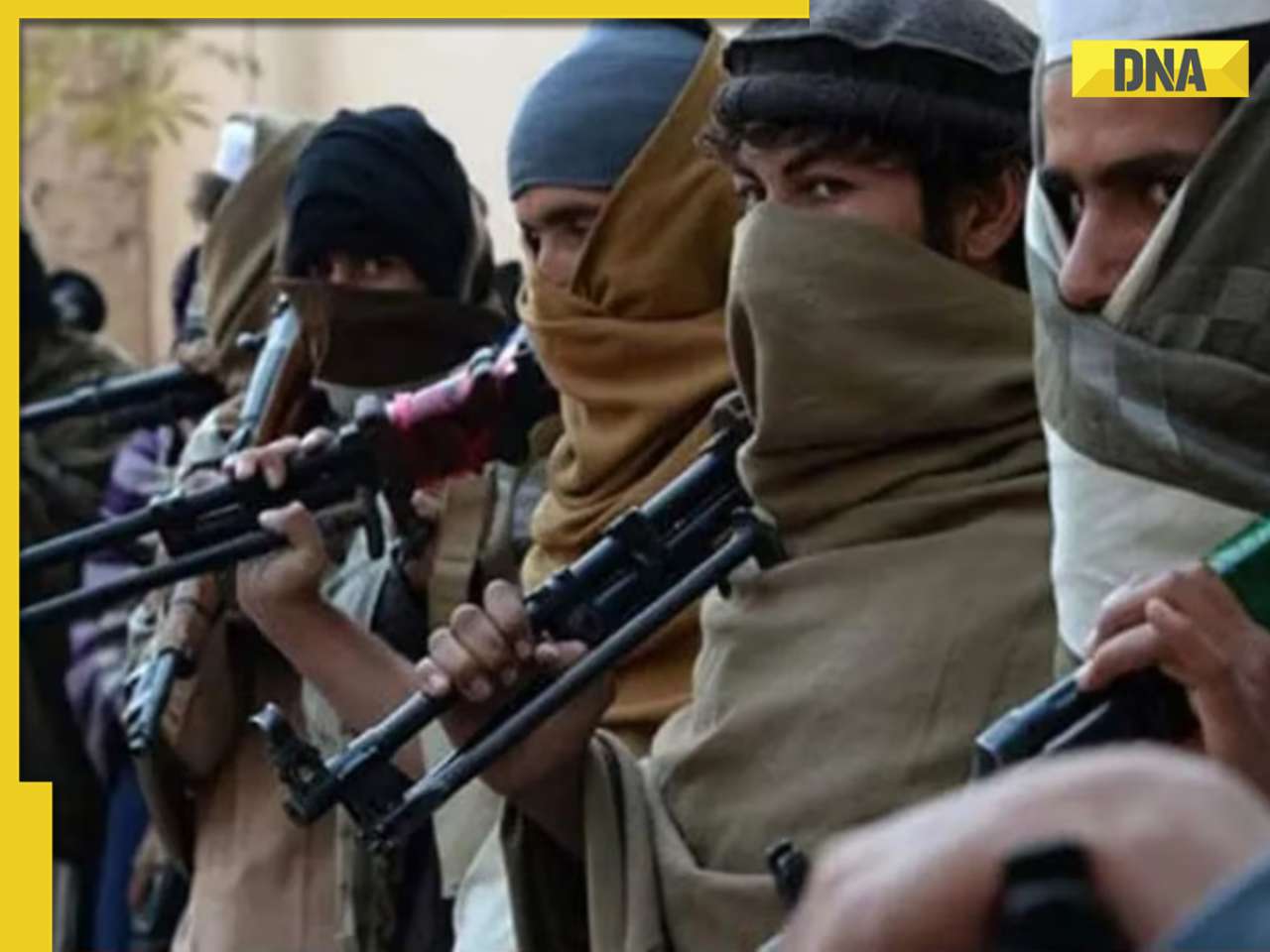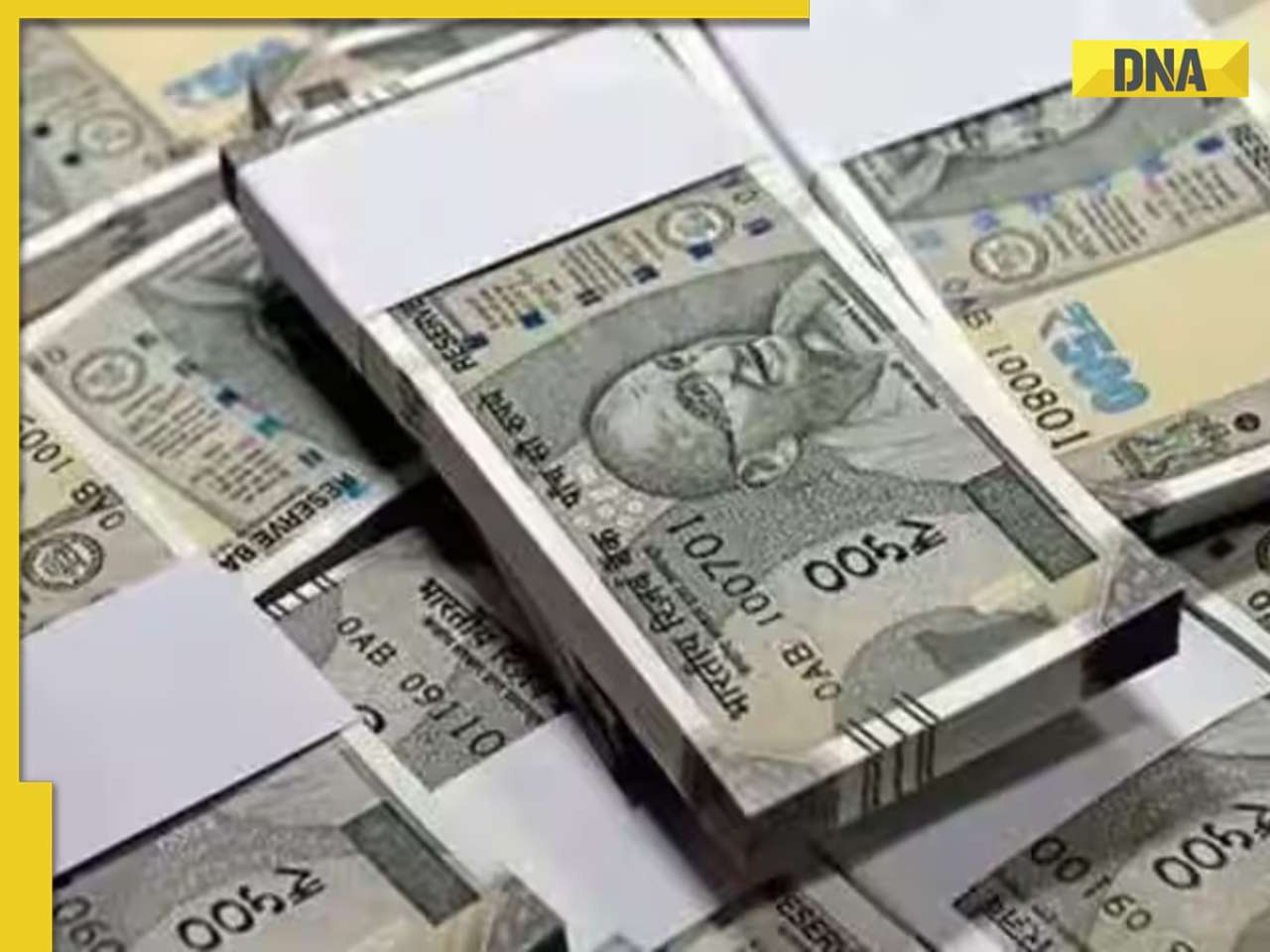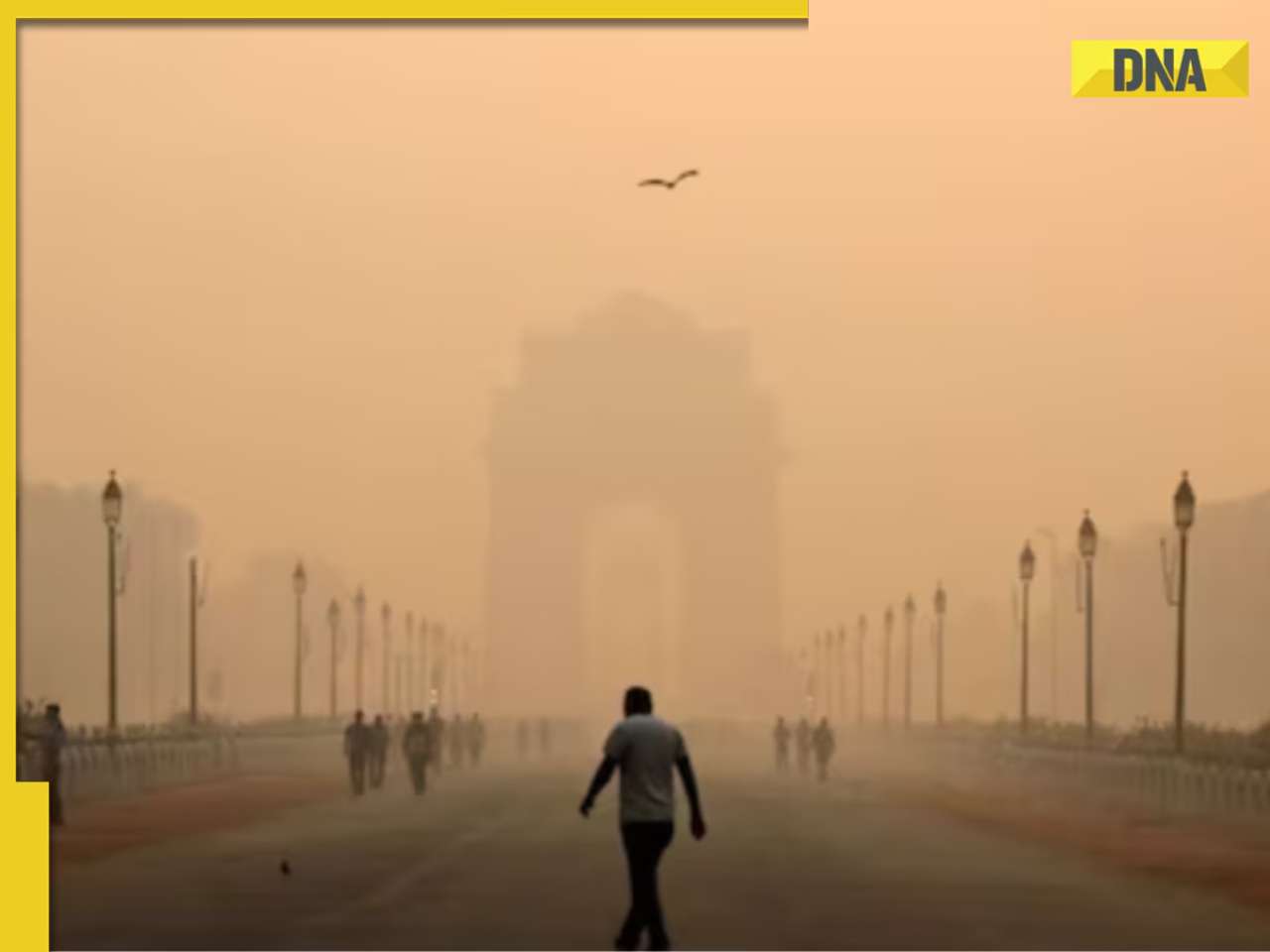- LATEST
- WEBSTORY
- TRENDING
ANALYSIS
Why India's ASTROSAT is unique in the world of space astronomy
ASTROSAT is India’s entry into the world of high technology astronomy.
TRENDING NOW
India launched its first indigenous astronomy satellite ASTROSAT into space on September 28, 2015. Entirely conceived, designed and manufactured in India, it has only a small, if critical, foreign collaboration. It is a marvel of technology in every sense of the word and will boost astronomy studies in India like few other facilities.
ASTROSAT is the brain child of Professor PC Agrawal who conceived the idea with the support and encouragement of Dr Kasturirangan, Chairman of ISRO at that time. About 15 years ago, after having successfully made and launched a small X-ray telescope on another satellite he took a leap of imagination and conceived of a satellite that complemented rather than competed with the capabilities of other nations.
Studies in astronomy have several unique problems that no other branch of science faces. It is limited by the Earth’s atmosphere which is selective in its transmission of all the electromagnetic light we get from space. Then there is an additional problem that in astronomy one cannot experiment the way other sciences can— we have to take what we get as information from different sources. We cannot even go around them to see them from all angles. Also astronomical objects are large and spread out over large distances and typically there are many similar but no identical objects. The last problem is the problem of the manner in which information comes to us. Astronomical objects, being large, are never uniform. In any astronomical object beyond our solar system, there are regions that extremely hot and can reach temperatures as high as hundreds of millions of degrees centigrade to regions that are so cold that they would barely register in any thermometer with temperatures as low a few kelvin, or lower than -270 degrees centigrade. The objects can be so dense that we have no scale or way of measuring their density, and so sparse that a metre size sheet travelling for several million years will collect less than 1 gram of hydrogen.
The result is that astronomical objects emit light of wavelengths ranging from radio waves all the way to gamma rays. Radio waves have very long wavelength and require gigantic antennas several metres in diameter to collect them while gamma rays are so small they have wavelength smaller than the size of an atom’s nucleus and small crystals of specialised material can be used to collect them.
Over the last fifty odd years of space astronomy, Americans, Russians and other space faring nations have launched many space telescopes, amongst whom American Space Agency NASA’s contribution has been the most outstanding. They have sent up very high resolution telescopes that have worked in infrared, optical, X-ray and gamma ray energies with unmatched capabilities, in terms of ability to pick up the faintest light to precisely determining energy of each of these packets of light. With NASA’s capabilities to launch instruments weighing several tonnes all the way to the outer reaches of space in various configurations, and managing them with great skill and capabilities, other nations hardly stand a chance of sending anything comparable in any wavelength region.
It was against this that India began dreaming of being a nation of capabilities in space astronomy. Mangalyaan and Chandrayaan were very difficult but obvious things to do and ISRO achieved it with great skill. ASTROSAT however stands out as unique in the world of space astronomy.
As discussed above, astronomical objects are complex and emit in all wavebands. However all space missions so far have focused on taking a limited wavelength range and scanning the universe in that wavelength region to see all that is happening. However, the problem of astronomy remains that to understand a specific object, you need information in all wavelengths— it is basically the problem of four blind men studying an elephant. Each wavelength region, like one blind man, will tell you only about its own experiences and you need to combine information from a large range of wavelengths to get a comprehensive picture of what is happening.
The closes analogy for this is what happens at airports. Airport security like to see us, then X-ray us to see if we are carrying anything dangerous. They also preferably get a thermal (infrared) image to see if we are carrying any hidden material. These 3 different wavelengths, infrared, optical and X-rays provide complete information of what kind of passengers we are. It’s the same case with astronomy.
It is here that the far sightedness of Prof. Agrawal and other members of ASTROSAT team lies. They decided that instead of sending up another small Hubble telescope of something inferior to NASA’s achievement, they would focus on getting information in as many different wavelength regions to get more complete information of individual objects, rather than focusing on everything that is visible in a specific wavelength region.
They have designed and now launched a genuinely multi-wavelength satellite that can simultaneously observe any reasonably bright object in wavelengths ranging from optical to ultraviolet and X-rays providing the most comprehensive impression of what the object looks like. Then it will be up to the scientists on Earth to work out how that is happening. The idea is so simple and yet so elegant that it has come to stay. At a time when NASA is suffering from exhaustion stemming from the last three decades of hard work in instrumentation and going slow on new missions, ASTROSAT will fill an important niche in our studies of the universe. More importantly the idea of changing focus from wavelength to focus on studying individual astronomical objects will fundamentally change how future missions are designed all over the world.
Kudos to Prof. Agrawal and numerous scientists who have made various instrument for the ASTROSAT who are from Tata Institute of Fundamental Research, Mumbai; Indian Institute of Astrophysics, Bangalore; ISRO Satellite Center, Bangalore; Inter University Centre for Astronomy and Astrophysics, Pune and Raman Research Institute, Bangalore. Detectors for two of the instruments on the ASTROSAT came from the Canadian Space Agency and the University of Leicester. As the satellite instruments are carefully switched on over the next month we will begin to look at the universe with a completely new set of very capable eyes.
Dr. Mayank Vahia is a scientist at TATA Institute of Fundamental Research in the department of Astronomy and Astrophysics


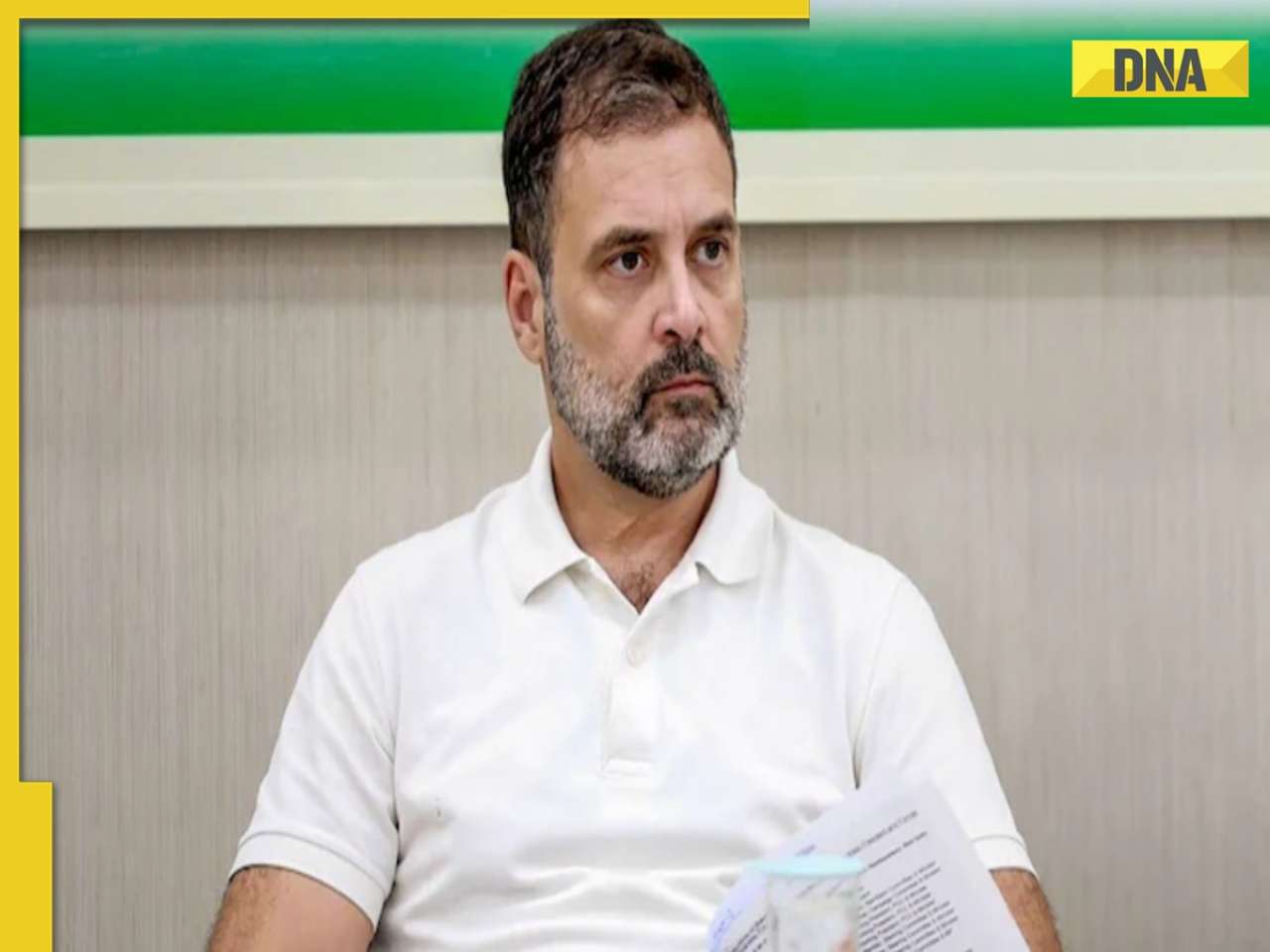
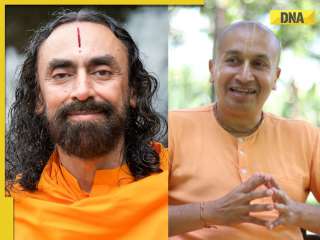



)
)
)
)
)
)
)
)
)
)
)
)
)
)
)
)





